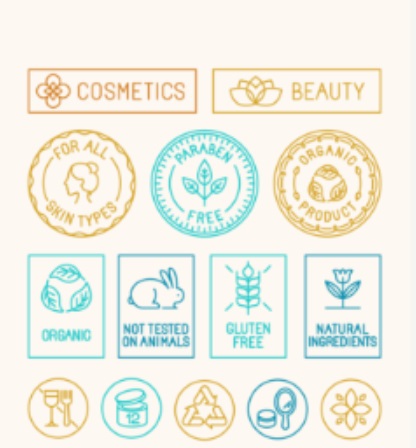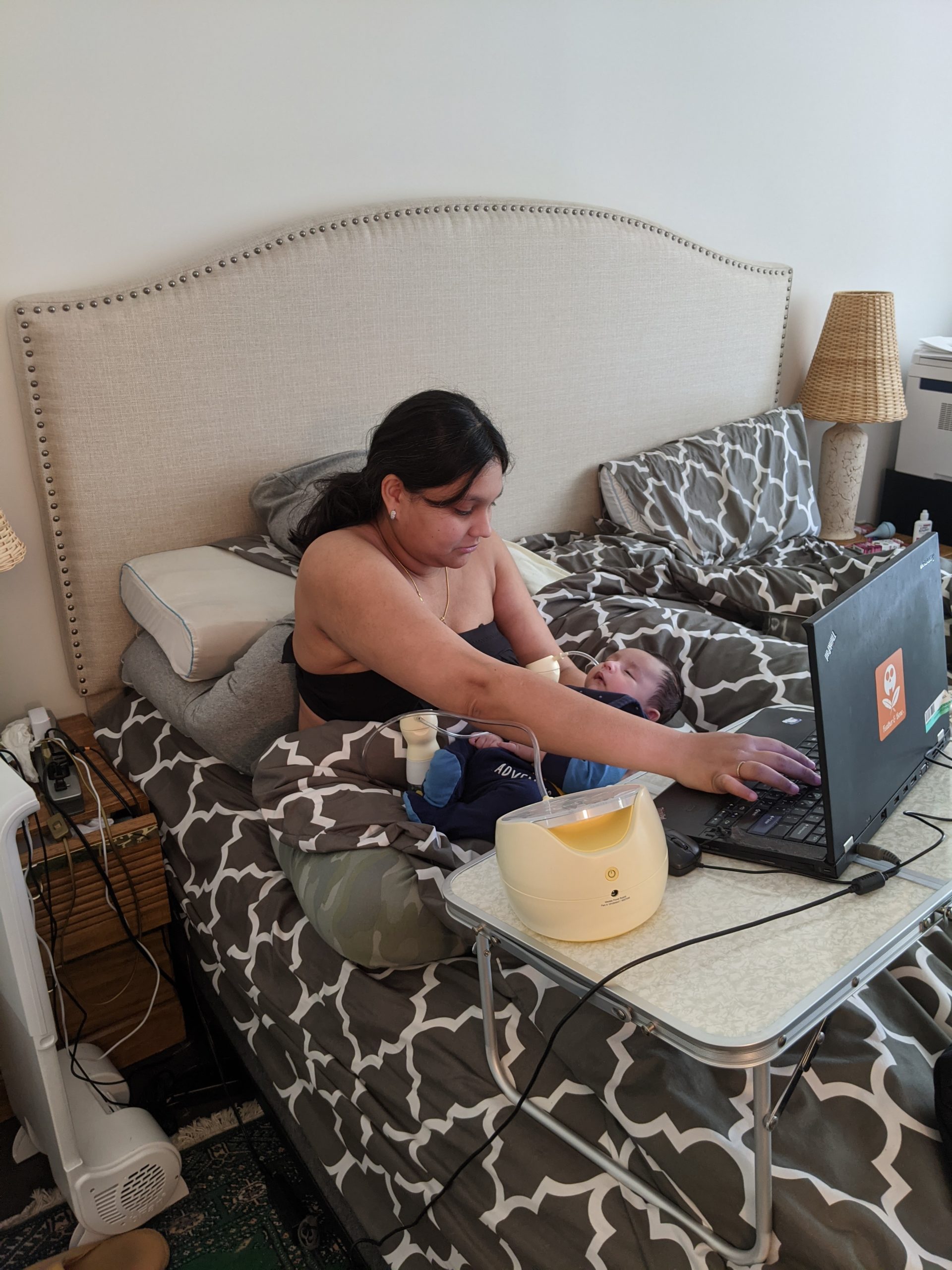There are so many new beauty brands and product these days. It can make it a bit over-whelming to figure out how to buy clean beauty products. More so, figuring out what you are buying is safe and you won’t have a terrible reaction, is even harder.
I think the reason it is has become increasingly difficult to buy beauty products is because of all the buzz words. I want to share with you the technique I use to buy beauty products. It is really easy. I simply:
IGNORE
You are probably thinking what? But the first big tip I have is ignore all the buzz words and symbols. They don’t actually mean the ingredients are safe or good. Lets, start with symbols.
Below are definitions of common symbols on beauty products. It is important to know these off-hand so that you don’t mistake it for thinking that the product has safe or good ingredients.
|
SYMBOL |
DEFINITION
|
|
Vegan
|
This product does not have any animal or animal by products. But it doesn’t mean the ingredients are safe or natural. Just means it is animal free. |
|
Cruelty Free |
This product has not been tested on animals. And that is all it means. It doesn’t mean the ingredients are good or safe. It simply means that no animals were tested on. If you see these specific symbols, it means the product has actually been certified as cruelty free. However, companies sometimes create their own; which then just means they are cruelty free, but have not been certified. |
|
Handmade |
Means the person made the products by hand. I would usually think this means the ingredients are safe. But not always, this is a great story about how a brand says handmade, but has ingredients which are not always considered safe. |
|
Paraben and sulfate free
|
Many beauty products use chemicals that are classified as paraben and sulfates. Click the link to understand what they are and why they are bad. But essentially if you see this logo, it means it doesn’t have chemicals that are classified as parabens and sulfates, but it doesn’t mean it can’t or doesn’t have other harmful chemicals. Just means NO paraben or sulfate chemicals. |
|
Gluten free |
This simple means that the ingredients used to make the product don’t have any gluten/wheat. Again, it doesn’t relate to the safety or quality of the ingredients. |
Similarly, how I ignore symbols, I ignore buzzwords.
Buzzwords like: Natural, All Natural, Non-Toxic, Organic, etc. are use to make us think that the ingredients are safe and of good quality. But here is the thing, there is no set definition for these words. The FDA does not regulate it. So, it can mean whatever the company or brand want it to mean. Here are two different examples of how people define natural:
“Legally, this means nothing—it’s a completely unregulated term and should be thought of as pure marketing,” says Grigore. It will generally mean that at least some natural ingredients have been used in the formula, but a product can be labeled as natural and contain up to 30 percent synthetic ingredients.” – Adina Grigore, founder of S.W. Basics when asked by Harper Bazaar.
“A ‘natural’ ingredient is considered to be anything that’s a plant, mineral or animal by-product. However, because natural products – or those claiming to be natural – aren’t regulated by any governing body, brands can use the word natural on their packaging purely as a marketing ploy. This means a product that contains a handful of natural skin care ingredients can claim it’s natural, despite the addition of synthetic ingredients.” – BeautyCrew.com
As you can see there are too many interpretations, so it makes it really hard to figure out if what you are buying is safe.
But you ask what about organic? There are many different types of organic – which helps you determine how safe the product is. Also, organic basically means a way of farming. That no fertilizers or harmful chemicals were used in growing the crop. So, this would really refer to ingredients that are being farmed NOT ingredients that are not farmed. Furthermore, currently, the USDA DOES NOT regulate the term organic in the beauty space. So, whilst the company/brand might put it as a label it is important to remember the USDA has not confirmed or checked it.
This is a lot of information. With all the other things you have going on in life, it can be too much information to remember. Hence the trick is just to IGNORE.
After all the ignoring you will be doing, you are might be wondering how do I figure out what I should buy? I use another trick, I ask myself one question:
WILL I EAT THESE INGREDIENTS?
Eat them? Why should you ask if you should eat them, when you are supposed to be putting it on your face? I believe in order to feel comfortable what you are buying, you should feel so confident with the ingredients that you can eat it. I mean would you eat something you didn’t understand? Our skin is an organ. So just as the same reason we are afraid to eat something, we should be afraid to put something on.
But doesn’t the FDA test if products are safe? No, they don’t. There are no specific tests required to put a cosmetic product out. While, companies should do it there is no one test. Also, with harmful ingredients like parabens or sulfates, we might not be able to spot them in the ingredient list; they can go by a different name.
I know you might be thinking, will there be any products left? Yes, there will! There are a lot of brands, who use ingredients that are just plant based and good for your face, even if you were to eat it! Happy Shopping!





